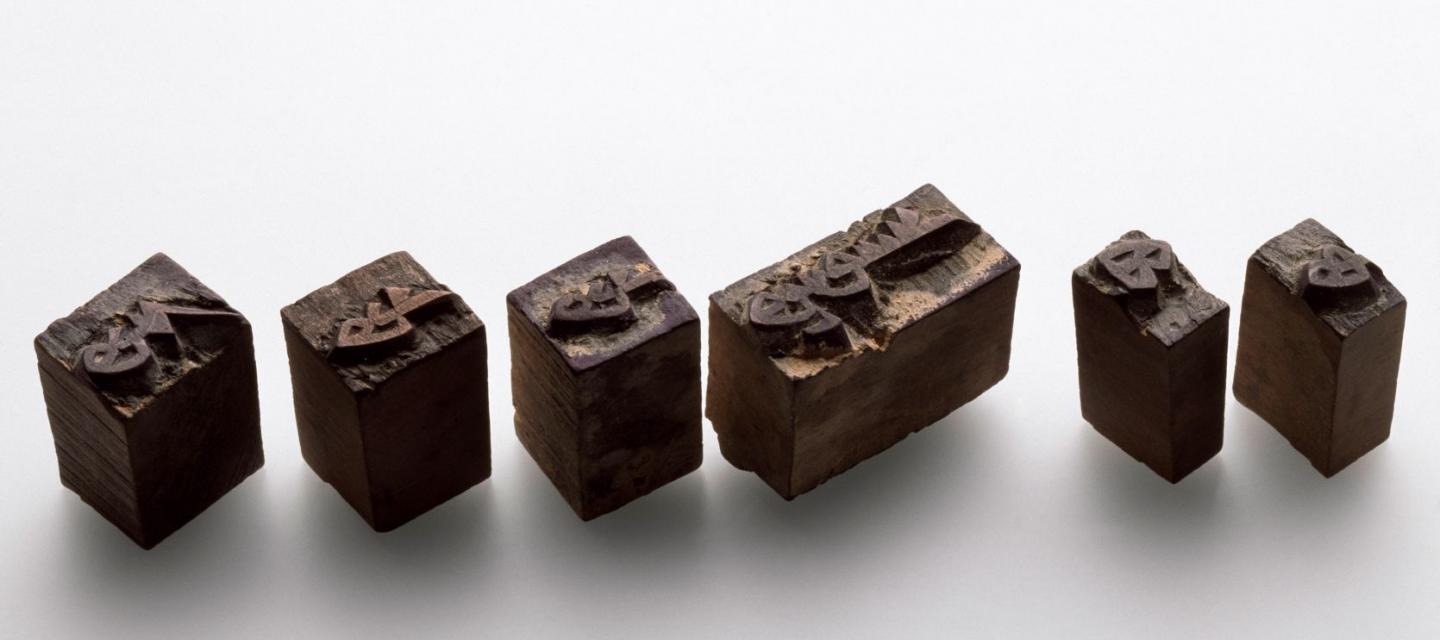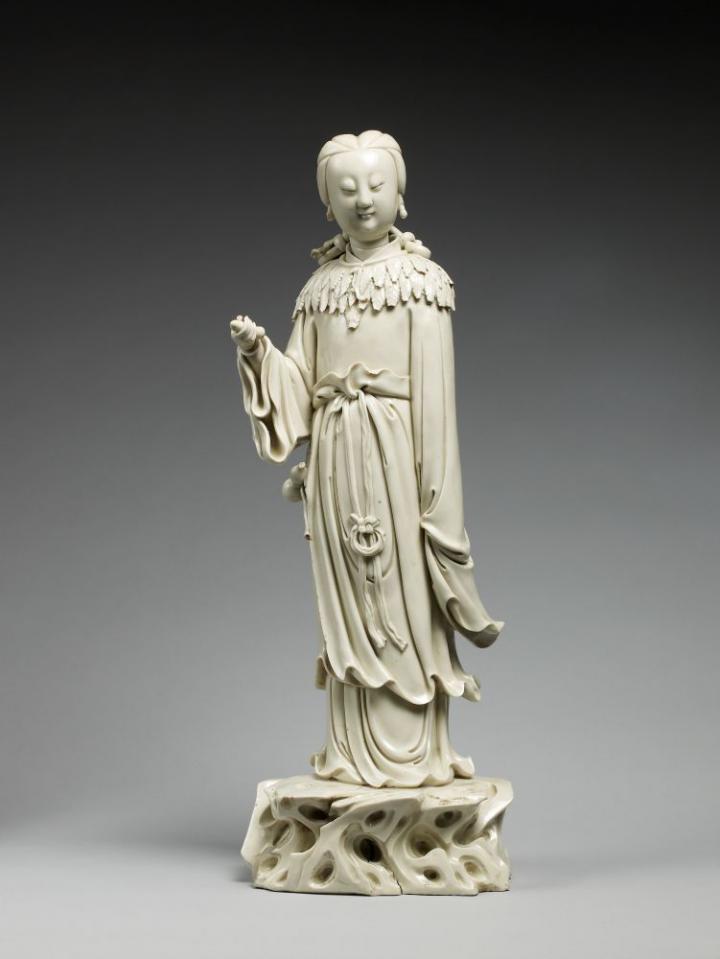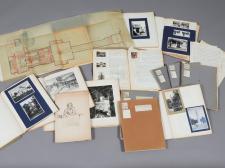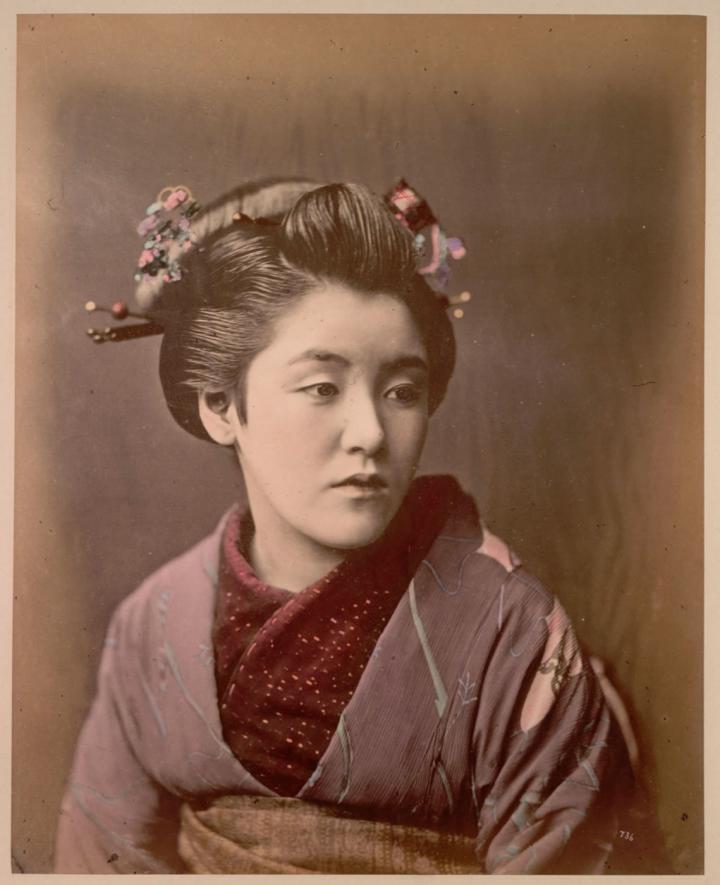
Research Plan
Since its creation in 1889, research, embodied by the library, has been at the heart of the Guimet Museum's mission. Over the centuries, sinologists and curators have contributed greatly to the enrichment of its resources. Today, museums are called upon to play a full part in global scientific dynamics, affirming their commitment through a genuine institutional policy. They must also address contemporary issues, particularly those related to the colonial past and the provenance of works. In this context, formalising a research plan for the Guimet Museum was an obvious step.
The 2026-2030 Research Plan is structured around four strategic areas:
- The materiality of the works: analysis of materials, sources of supply, techniques and their implementation;
- Context of creation: placing the work in its geographical, historical, social and cultural context;
- The history of the Asian art collections held at the Guimet Museum: documenting the history of the works, the biographies of objects, chains of ownership and contexts of archaeological discovery;
- Perception of Asia in Europe and perception of Europe in Asia: understanding the complex history of the multiple perspectives on Asia from Europe and the perceptions in Asia of the rest of the world.
Each of these major themes is linked to research projects developed jointly with the scientific team at the Guimet Museum in partnership with major institutions.

From 2026, the Villa Guimet will publish the museum's rich collections – artwork descriptions, archives, scientific documentation, photographs, graphic arts, books – on a digital portal. At the same time, the digitisation of 65,000 documentation files on the works will make them easier to consult and facilitate the work of researchers and artists through cross-referenced searches on personalities, archaeological sites, circulation policies, etc. relating to the works. The use of artificial intelligence in this process will optimise the processing and indexing of files and automate data classification. In addition to this digitisation effort, the Villa Guimet is actively pursuing a policy of enriching these resources through new acquisitions and rigorous documentation of the collections.
Partenariats :
The Villa Guimet has established a policy of strategic partnerships with national institutions such as the EFEO (French School of Asian Studies) , the CNRS (ArScAn (Archaeology and Ancient Sciences), Ifrae (French Institute for Research on East Asia), CRCAO (Centre for Research on East Asian Civilisations) and the C2RMF (Centre for Research and Restoration of the French Museums), as well as international institutions such as the Dunhuang Academy and the Aga Khan Development Network Foundation.

Launched in 2023, the HikarIA project aims to use artificial intelligence to study and promote old photographs of Japan held at the Guimet Museum (more than 20,000 phototypes produced between 1860 and 1920). Led by Édouard de Saint-Ours in partnership with TEKLIA and supported by the France 2030 investment plan, the project will enable the restoration, indexing, digitisation and online publication of the entire collection. The project's digital platform will be enriched with new metadata and made more accessible through refined AI models with the help of associate researchers in 2025 and 2026, including Saki Toriumi (Nihon University, Tokyo) and Jules Keenan (Toronto Metropolitan University).

Photo (C) MNAAG, Paris, Dist. RMN-Grand Palais / image musée Guimet
Portrait d'une jeune fille japonaise 1877 – 1880, prise de vue, studio Stillfried & Andersen
As part of the second theme, ‘Contexts of Creation’, a project will be dedicated to the collections of the Hôtel d'Ennery, which is affiliated with the Musée Guimet. These collections comprise around 8,000 objects of various types, mainly from Japan, but also from China and Vietnam, assembled by Clémence d'Ennery (1823-1898). This research project will focus on the study of the objects themselves, with the aim of placing these collections in their historical context of creation.
